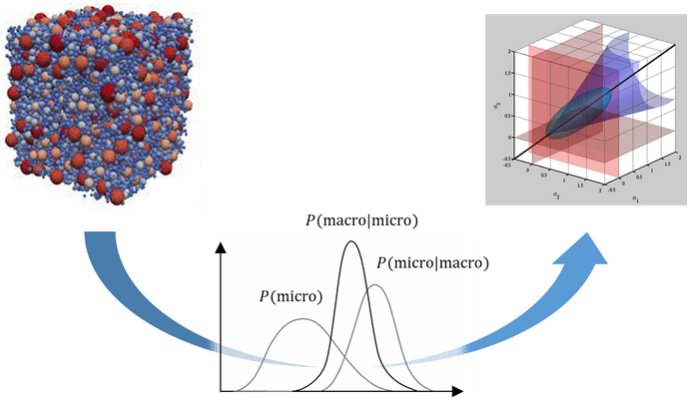University of Liverpool
[3 months]
Norvegian Geotechnical Institute
[3 months]
State of the Art Engineering BV
[3 months]
Prof. Stefan Luding
Dr. Hongyang Cheng

Submarine landslides, from the mobilization to the transport of fluid-saturated sediments, involve the understanding and modeling of geomechanical processes at multiple length and time scales. One of the main challenges in submarine granular flows is the complex yielding transition from static to motion, which is governed by the spatially and/or temporally varying length scales, i.e., landslide threshold, and back to static conditions. This gap creates considerable difficulty in predicting the initiation and post-failure behavior of submarine landslides. Questions such as the runout distance cannot be answered without understanding and quantifying the dissipation during this fluid-solid transition and back. The current frameworks (e.g., plasticity and effective stress theories) for modelling soil-fluid interactions going from fluid saturated solids to a fluid-dominated mixture have to be revised and improved based.
Based on the simulation data of particle-fluid interaction (developed in a parallel DC project) and machine learning tools that aid constitutive modeling established in the group, we will enrich existing constitutive frameworks for describing the behavior of saturated granular masses in the solid and fluid regimes, and their transition. Particle-scale simulations provide the essential data for this task, as they uniquely can inform the continuum framework. The end goal is to come up with a sensible model structure for a unified granular micromechanically based solid-fluid model by learning model structures from fully-resolved simulations particle-fluid systems, with the help of Bayesian learning.

